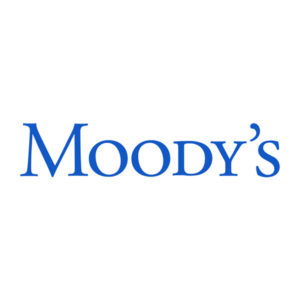
To read a more detailed description on MCO as discussed in a prior investment letter, click here.
Back to Global Champions Summary Page
1 See https://www.standardandpoors.com/en_US/delegate/getPDF?articleId=2148688&type=COMMENTS&subType=REGULATORY. Given the duopolistic nature of the industry, we believe Standard & Poor’s pricing is a good proxy for Moody’s.
2 In 2012, for the first time in its history, Heineken decided to get its debt rated. Based on Heineken’s post-mortem analysis, getting its debt rated saved the company 30 to 50 basis points of yearly interest cost. See http://treasurytoday.com/2013/02/do-companies-need-to-be-rated-to-issue-bonds.

